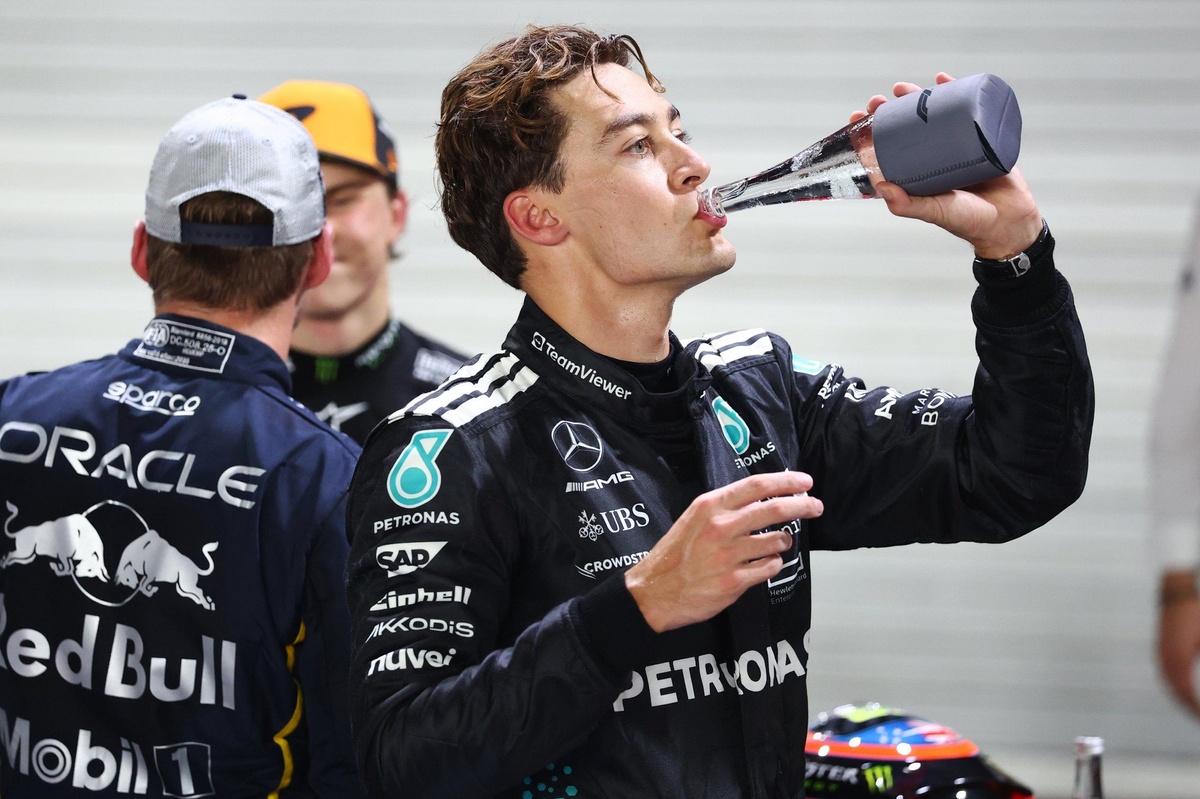Why Singapore is one of F1's toughest heat tests
The Singapore Grand Prix is notorious for its stifling humidity, slow-speed corners, and relentless stop-start rhythm that traps heat in the cockpit. Even at night, drivers face extreme thermal stress over a long, high-concentration race distance. Here is how they prepare for, manage, and recover from the heat.
Preparation: building heat tolerance before the weekend
- Heat acclimation: Drivers condition their bodies ahead of the event with controlled heat training to improve sweat response and cardiovascular efficiency.
- Hydration strategy: In the days leading up to the race, fluid intake is carefully planned with electrolytes to maintain sodium balance and reduce the risk of cramps and dizziness.
- Nutrition and timing: Light, easy-to-digest meals help avoid gastrointestinal stress when core temperature rises; caffeine and heavy foods are managed conservatively.
Pre-session cooling: start as cold as possible
- Ice vests and cold towels: Drivers use cooling garments before heading to the grid to lower skin temperature and reduce thermal strain from the outset.
- Pre-cooling fluids: Cold, electrolyte-rich drinks aid both hydration and thermal comfort.
In-car cooling: small aids for a big challenge
- Drink systems: Each car carries a drink bottle with a tube into the helmet so drivers can sip throughout the race and qualifying.
- Helmet ventilation: Carefully directed airflow and visors help move hot air away from the face, improving comfort and concentration.
- Thermal management in the cockpit: Teams use insulation and heat-reflective materials to limit heat soak from the power unit and brakes.
Driving management: pacing the body and the tyres
- Breathing and focus: Drivers use controlled breathing to manage heart rate and mental load, crucial on a street circuit with punishing walls and little margin for error.
- Tyre and lift-off moments: When strategy allows, brief management phases can reduce thermal spikes for both tyres and driver.
Between sessions: rapid recovery
- Cooling down: Teams prioritize cold-fluid intake, ice vests, and shaded rest to bring core temperature down quickly.
- Monitoring: Weight checks and hydration tests help physios fine-tune fluid and salt replacement for the next run.
Race day realities in Singapore
Even with meticulous preparation, the Marina Bay Street Circuit remains one of the toughest physical exams in Formula 1. Staying cool is about marginal gains: start cooler, manage heat inside the car, and recover faster. Those small advantages can be decisive in the final laps when fatigue, humidity, and concentration converge.

